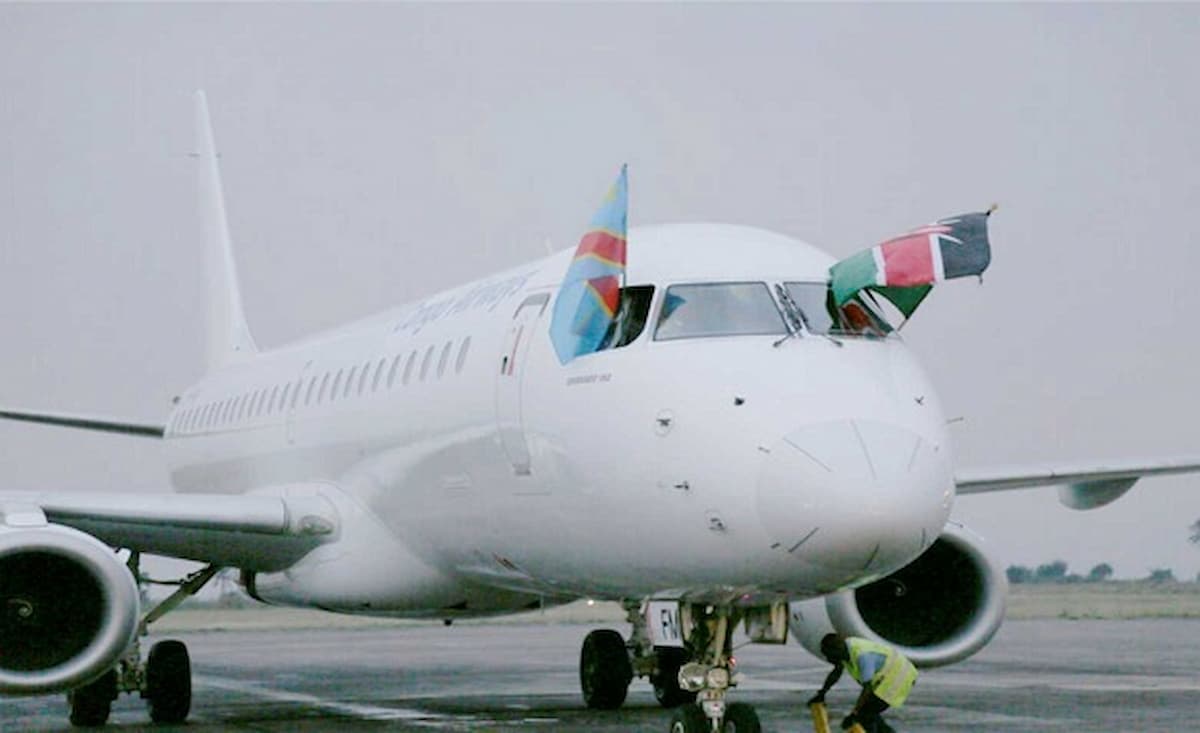Aviation is crucial for global connectivity, economic growth, and regional integration. Yet, Africa, accounting for just 3% of global air traffic, remains underrepresented. Kenya, however, is positioned to lead the transformation of the continent’s aviation sector. Now is the time to act.
Why Africa Needs Aviation More Than Other Continents
Geographic & Infrastructure Challenges: Africa’s vast size & underdeveloped road and rail systems make aviation essential. Unlike continents like Europe or North America, many African regions lack reliable transport options. Aviation bridges these gaps
Economic Integration and Growth: The AfCFTA aims to increase intra-African trade, and better air connectivity is key to realizing this potential. Aviation can enhance movement of goods and people, boosting regional economies. The Yamoussoukro Decision on liberalized air services remains underutilized, limiting opportunities for growth.
Tourism and Job Creation: Africa is home to 8 of the world’s 25 biodiversity hotspots. With aviation, Africa’s tourism industry—already significant in countries like Kenya—can grow further, creating jobs and diversifying economies. Kenya’s tourism contributes $2.2 billion to GDP, and better air connectivity could increase this number.
Overcoming Infrastructure Gaps: Africa’s inadequate land-based infrastructure makes air travel the most efficient way to connect remote regions. Aviation can ensure access to essential services, stimulating economic and social development.
Current Challenges
High operational costs, fragmented markets, and limited regional connectivity.
Lack of investment in both major airports and smaller regional airfields.
Restrictive air agreements that limit competition and service expansion.
Strategic Actions for Growth
Policy and Regulatory Reforms: Embrace initiatives like the SAATM to open airspace and improve trade. Kenya, a regional leader, can foster growth by aligning with ICAO standards and attracting private investment into the sector.
Infrastructure Investments: Modernizing key airports such as Jomo Kenyatta International Airport (JKIA) and smaller regional airfields will improve connectivity, enhance trade, and support passenger growth.
Cost Reduction Initiatives: African airlines should collaborate through alliances or joint ventures to leverage economies of scale and reduce operational costs, making air travel more competitive.
Sustainability: Align with global sustainability standards like ICAO’s CORSIA to mitigate aviation’s environmental impact while supporting growth.
Call to Action
Africa’s aviation sector is primed for transformation. By adopting strategic policies, investing in infrastructure, and fostering regional collaboration, we can position Africa as a leading player in global aviation. The time to act is now.






